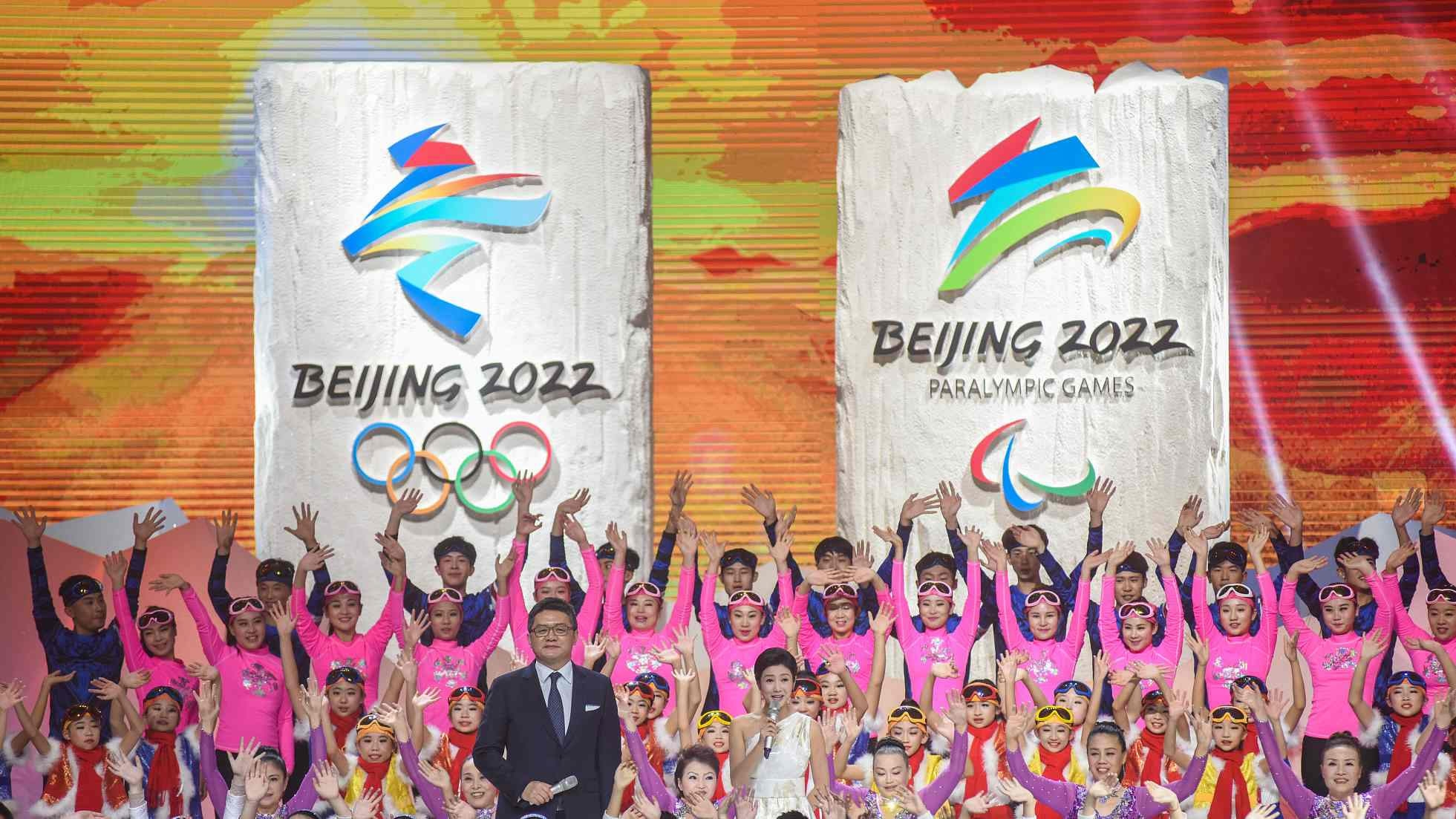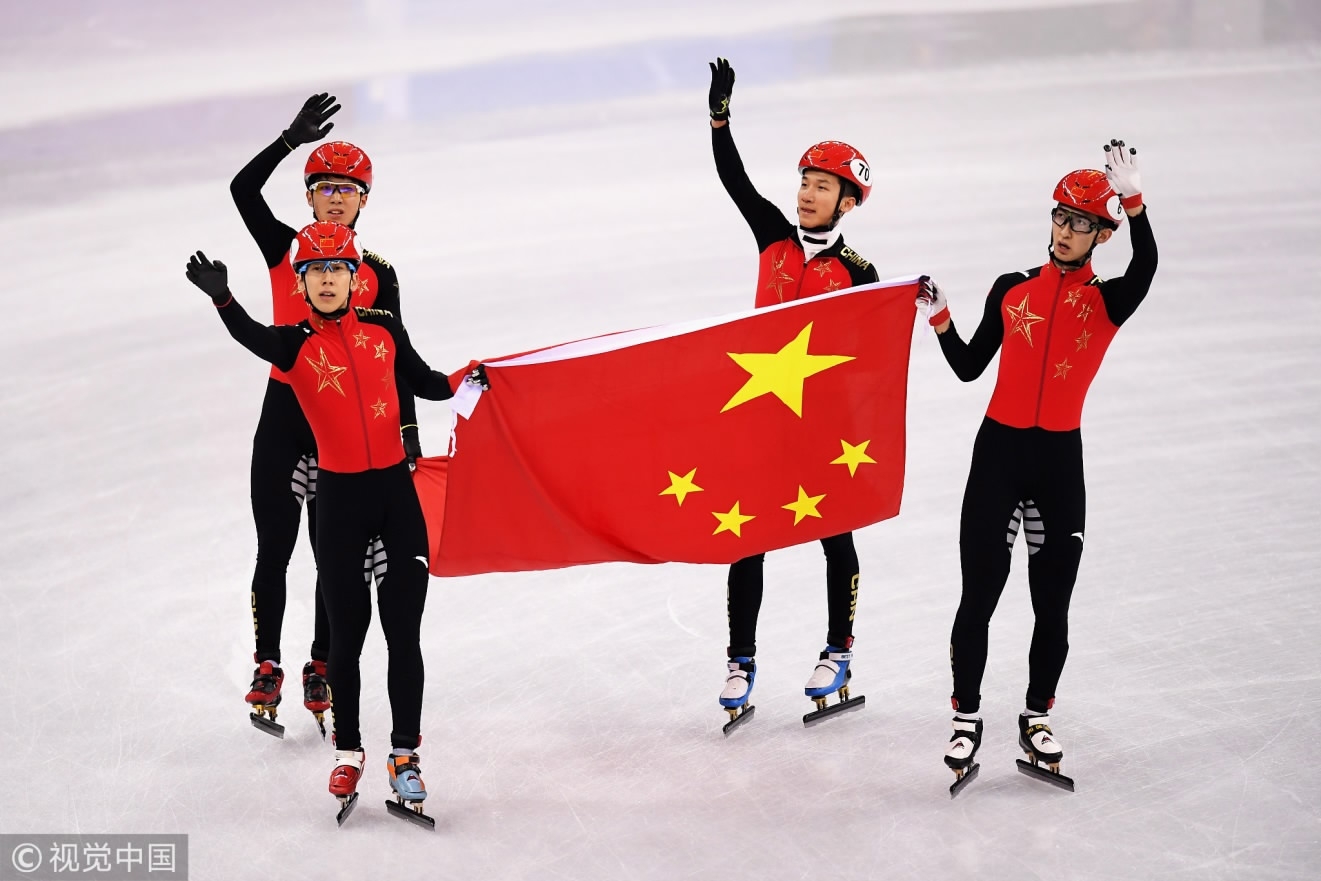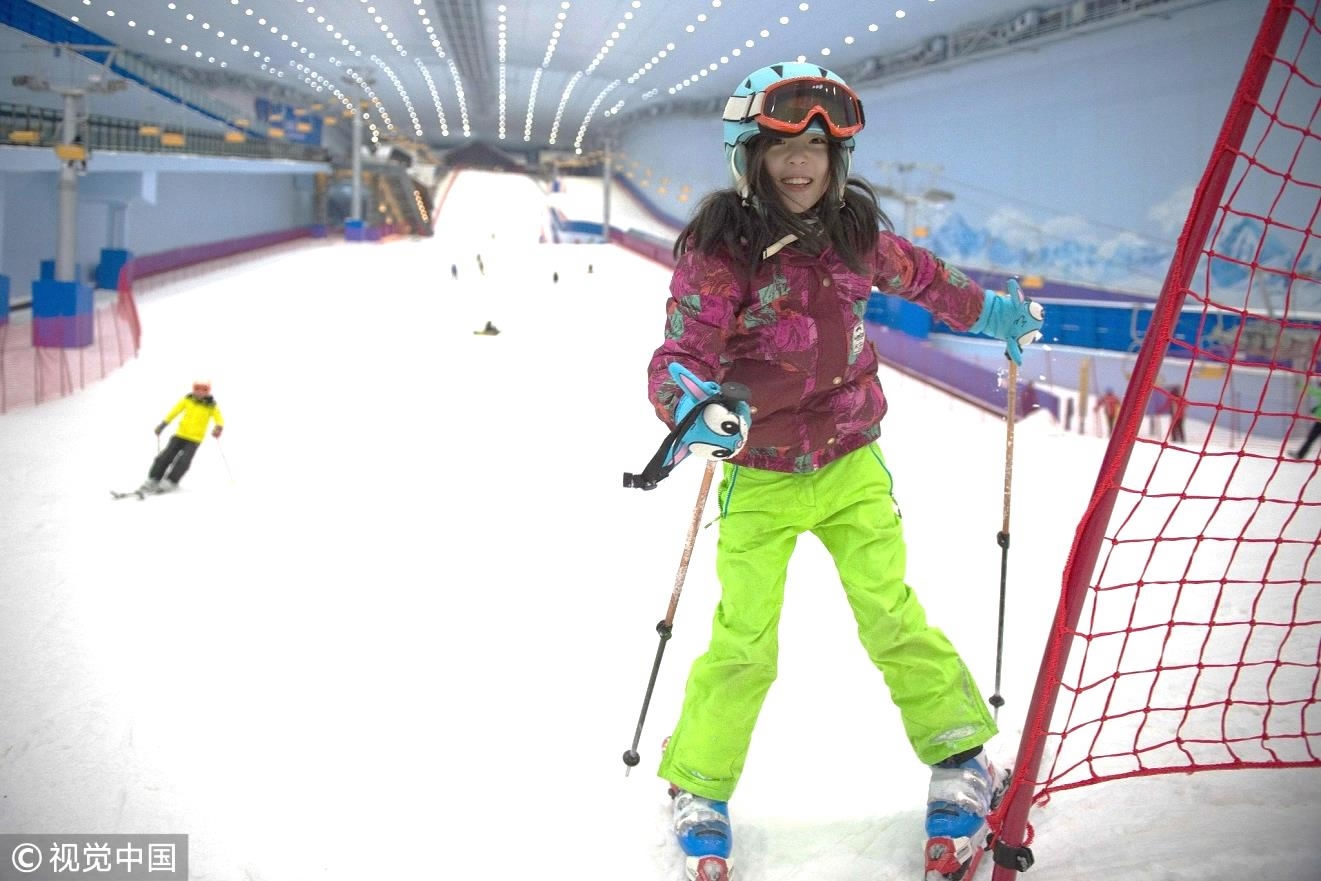
Opinions
20:49, 25-Feb-2018
Opinion: Can China go from winter sports minnows to ‘whales’ by 2022?
Guest Commentary by Jin Yi

If you compare winter sports in China and developed countries, it's quite amazing how different they are.
According to statistics in 2016, only 0.8 percent of the Chinese population ski, while in the US and Japan the percentage of people who ski is 6 and 13 times larger, respectively.
In respect of sports venues and facilities, China has 1.57 square meters per capita. By contrast, Japan has 19 and ROK 10.
In PyeongChang, although the Chinese athletes have given their all, the achievements are incompatible with the great nation’s status. However, there is no point complaining and apportioning blame. I appreciate an old Chinese saying which goes like this,“Better go home and make a net than long for a fish in front of a pond.” We have to lay the groundwork.

Chinese team celebrates winning the silver medal in the Short Track Speed Skating Men's 5,000m relay at the PyeongChang Winter Olympic Games, Feb. 22, 2018. /VCG Photo
Chinese team celebrates winning the silver medal in the Short Track Speed Skating Men's 5,000m relay at the PyeongChang Winter Olympic Games, Feb. 22, 2018. /VCG Photo
For many people in China, winter sports are unaffordable. The reasons why we have difficulties in achieving in winter sports are simple; we need more investment in facilities, we need better equipment, we have insufficient instructors and trainers, and the cost of medical care is high.
Now China has sent out a nationwide call for "300 million people to enjoy ice and snow sports". Well half the job is already done. Benefiting from China’s well-known state-run sports system and encouraged by the government, more and more Chinese will take part in winter sports. It will, of course, take time to improve facilities and train professionals, and 2022 is only four years away.
Our time is short
We have to create the conditions to realize the national objective. Some alternatives should be promoted. For example, we can take up grass skiing as a substitute for snow skiing, roller skating is a good alternative to ice skating, etc. Synthetic ice rinks, which require no water or electricity and are used in all seasons, can take the place of ice rinks.

A girl skis at China's Wanda Harbin Ice and Snow Park, the world's largest indoor ski park. /VCG Photo
A girl skis at China's Wanda Harbin Ice and Snow Park, the world's largest indoor ski park. /VCG Photo
Once the interest in these sports is aroused in the public, everything becomes easier. Entrepreneurs will be keen on sponsoring various sporting events and the media will be obsessed with the sports. As a result, both athletes and fans will be created on a large scale. Meanwhile, the society needs to do more to make it easier for people with disabilities and seniors to enjoy winter sports.
Undoubtedly, competition improves athletic performance. Participation in sports, whether skiing or skating, has to be framed by international rules and regulations. While language, religion and culture vary from country to country and from region to region, sports remain the same everywhere. By means of international competition and cooperation with people of different nationalities, we can improve not only athletic skills but also mutual understanding. Commonly in sports, the higher the level you perform at, the greater the level of support you get.
Having been a volunteer at the 2008 Beijing Olympics and Paralympics, I firmly believe that the 2022 Beijing Winter Olympics will open a new page for winter sports in China as well as the world.
(Jin Yi is director of the China Disability Research Society. The article reflects the author's opinion, and not necessarily the view of CGTN.)

SITEMAP
Copyright © 2018 CGTN. Beijing ICP prepared NO.16065310-3
Copyright © 2018 CGTN. Beijing ICP prepared NO.16065310-3